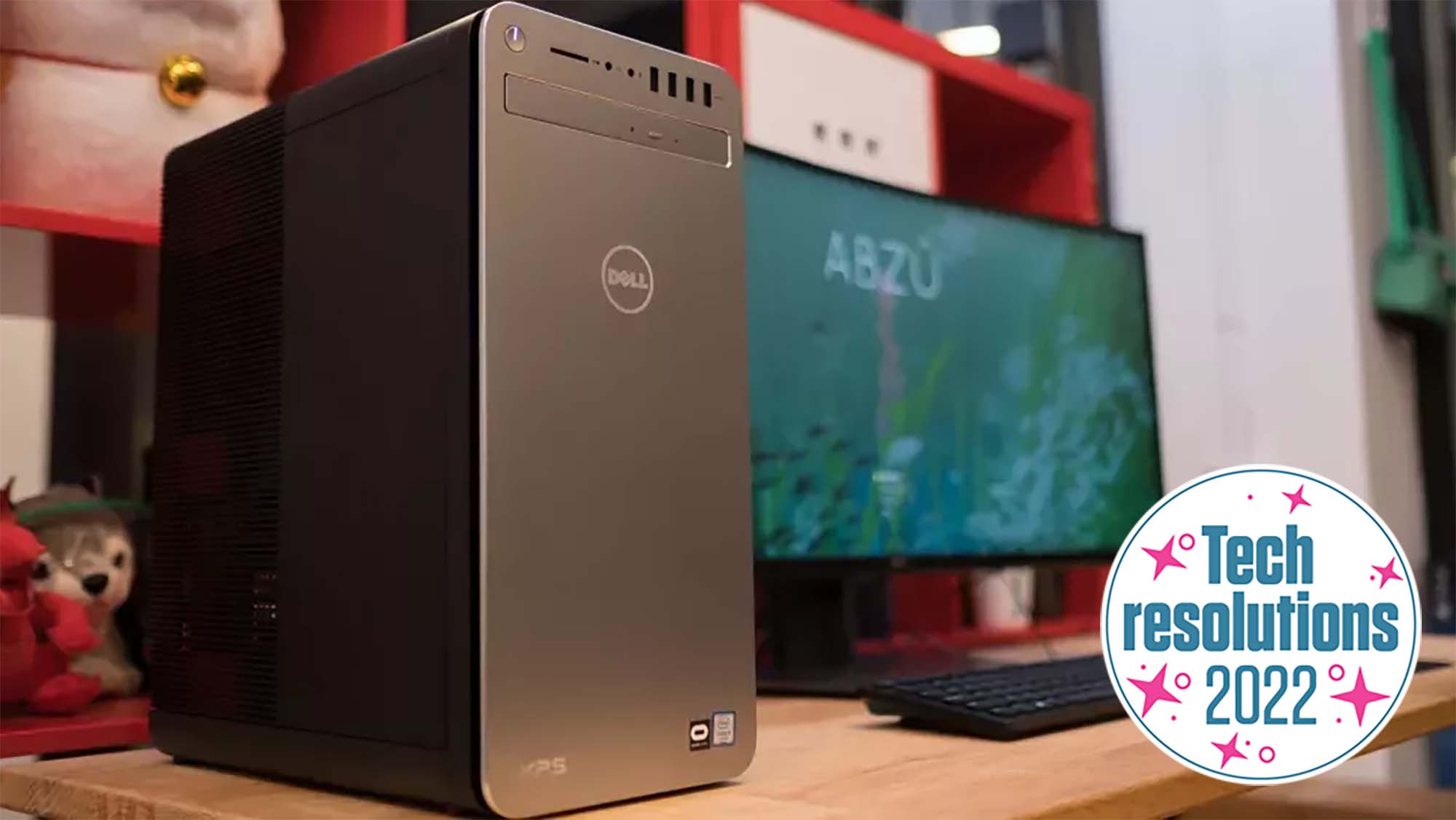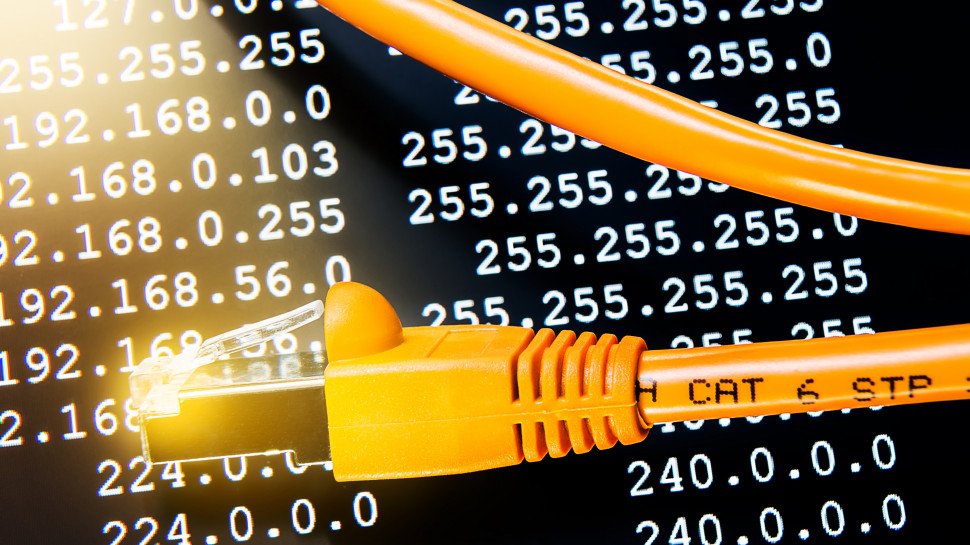Forget cryptomining, here's how to use your computer to do good in the world
Use your idle computer time for the benefit of all

By now, you've probably heard about cryptocurrency and cryptomining, possibly because you too want to get a piece of that sweet, sweet speculative digital asset money.
If it were 2012, we'd be right there next to you, mining a couple of bitcoin or ethereum overnight on our laptops because it was an interesting project and you got a couple of neat digital tokens worth a couple of pennies out of it. No harm, no foul.
We are a long ways away from those halcyon days when cryptocurrencies were easy to mine on a smart phone because the blockchains they were based on had yet to sufficiently mature.
Now, mining just a single digital token takes enormous effort, and while people are willing to pay a lot of money for those tokens, the chances of you mining sufficient bitcoin or ethereum on your personal computer to justify the power expense are all but nonexistent.
A lot of apps offer to let you mine cryptocurrency while your computer is idle though, dangling the prospect of free money in front of you to get you to download their app.
Read the fine print, though – assuming the software is legit – and you're likely to find that these companies take a cut of every fraction of a digital token you mine during your computer's idle time. The goal isn't to help you earn money, the goal is to get thousands or tens of thousands of users to mine cryptocurrency for them.
So what should you do instead?
Get daily insight, inspiration and deals in your inbox
Sign up for breaking news, reviews, opinion, top tech deals, and more.
First and foremost, if you are not using your computer, the best thing to do is shut it off.
Modern operating systems on reasonably modern hardware boot up in a few seconds, rather than the minute it might have taken five or ten years ago. There really isn't any reason to put your computer into low-powered sleep or hibernate mode anymore.
But many of us still leave our computers idling all night for one reason or another, and you might be tempted to use that idle time for something productive.
Instead of mining cryptocurrency, though, there are plenty of ways to use that idle computer time for a good cause, rather than setting the planet on fire to help venture capitalists who got in on the ground floor of bitcoin get even more obscenely rich than they already are.

What is distributed computing and how does it work?
The blockchain technology behind cryptocurrencies and NFTs operates on a distributed network, meaning that copies of a specific blockchain exist on multiple systems connected by a network and transactions on the blockchain are only added if a consensus of those systems agrees to add it.
What all that means isn't really important, but distributed computing works in a similar way wherein a program or a process within a program is computed across multiple systems connected by a network.
So if you were to use distributed computing to run Google Chrome, for instance, you would have different computers on the network process different chunks of code, the results of which would be collected by one of the computers on the network tasked with managing everything and displaying the browser on a screen.
On the plus side, you might finally have enough RAM to run Chrome, but the downside is that distributed computing isn't a very efficient way to run a web browser. What it can do super efficiently, however, is data crunching and complex modeling, i.e., the kind of work normally performed on supercomputers.
Programs on supercomputers are typically very basic, all things considered, but what they are doing is very computationally expensive. If you need to model a weather forecast for the next week, you typically have to factor in hundreds if not thousands of variables.
If each variable can have ten values, modeling all possible potential weather forecasts would take 10 ^ 100 or 10 ^ 1,000 computations for each step in the model. This is the kind of thing that can grind a normal computer to a halt, and then grind it into dust over the next century as it tries to work through each computation one by one for years on end.
But what if you gave 1,000 computers a subsection of that model to compute over a network and then have them return the results to a computer that collects the data and compiles it into usable forecast? Well that wouldn't take nearly as much time. That's the power of distributed computing, and its use in scientific and medical research has been growing for nearly two decades now.

The BOINC platform
The Berkeley Open Infrastructure for Network Computing (BOINC) started as a platform for finding aliens. It was built at the University of California at Berkeley to enable the SETI@home program, which allowed volunteers to donate idle computer time to help process radio signals from space to look for possible signs of extraterrestrial life.
The SETI@home project itself is in "hibernation" for now while researchers conduct "back-end data analysis", but the distributed computing platform they built to run the SETI@home project is now widely used by universities and research institutions for other processing-intensive projects (as is the @home convention, as you'll soon see).
These include protein fold modeling to learn more about diseases like Covid-19, projects that study climate change and astronomical phenomena, and important areas of research in mathematics.
While BOINC is safe to use, it is an open platform, so anyone can use it for their project without any kind of quality review. This means that some projects are more worthy of your idle computer time than others.
The BOINC website has a good checklist of questions to ask before you start contributing to a project, including who is sponsoring it, are its goals clearly described and a productive use of your idle computer time, and whether the project has previously published results in peer-reviewed scientific journals (thus demonstrating that it is actually serious about the research it is conducting).
BOINC's website has a list of projects that "are known to us at BOINC, and we believe that their descriptions are accurate." While this isn't a full-throated endorsement of the projects on the list, it is still a place to start.
We've pulled some of the most noteworthy projects that are sponsored by researchers at reputable universities and institutions, and which have a reputation for quality research.
- Einstein@home: searches for hard-to-detect signals from pulsars using LIGO, Arecibo radio telescope, and Fermi gamma-ray satellite data.
- LHC@home: runs particle and accelerator physics simulations to improve the work of CERN's Large Hadron Collider.
- MilkyWay@home: works to create a three dimensional model of the Milky Way galaxy with a high level of accuracy using data from the Sloan Digital Sky Survey.
- MLC@Home: investigates complex machine learning models, specifically neural networks, to better understand how they work in an effort to advance real world safety of technology powered by machine learning systems.
- Rosetta@home: investigates protein folding structures to better understand a variety of diseases and look for potential therapeutics.
Projects that don't run on BOINC
There has been some criticism of BOINC in the past that it takes up a lot of processing power when in use, which can cause CPU fans to noisily speed up, which can by a problem for some when they are trying to sleep.
While we haven't experienced this ourselves, that criticism is out there, so if you're looking for a non-BOINC distributed computing project to volunteer for, we've included a few additional options below.
- Folding@home: after investigating novel protein structures in SARS-CoV-2, the virus that causes Covid-19, the project has now moved on to investigating potential drugs that target these structures. Uses its own software and allows you to control when and how much processing power is volunteered.
- Stardust@home: analyzes the collection grid from NASA's Stardust mission to capture coma particles from the Wild 2 comet.
- DreamLab: you can also use you Android or iOS device to help medical research into several types of cancer, though for now the app is strictly devoted to Covid-19 research.
- Electric Sheep: while not beneficial in the same sense as medical or scientific research, this is a distributed platform for generating evolving fractal art and turning those visualizations into a funky screensaver. No, it's not out to cure cancer, but right now, we can all benefit from having something cool and mesmerizing to take our mind of the ongoing pandemic.
This article is part of TechRadar’s Tech Resolutions series, a motivating blast of encouragement showing you how to supercharge your new year with tech. Running from Sunday December 26 to Sunday January 2, our series will also reveal how we’re aiming to level-up our gadget lives in 2022. So whether you’re looking to become a Chromebook power-user, beat your takeaway obsession with a new air fryer, or use a smartwatch to propel you to new fitness heights, we’ll show you how to get your new year off to a flier. And when it all inevitably goes wrong, you can always blame the gadgets.

John (He/Him) is the Components Editor here at TechRadar and he is also a programmer, gamer, activist, and Brooklyn College alum currently living in Brooklyn, NY.
Named by the CTA as a CES 2020 Media Trailblazer for his science and technology reporting, John specializes in all areas of computer science, including industry news, hardware reviews, PC gaming, as well as general science writing and the social impact of the tech industry.
You can find him online on Bluesky @johnloeffler.bsky.social